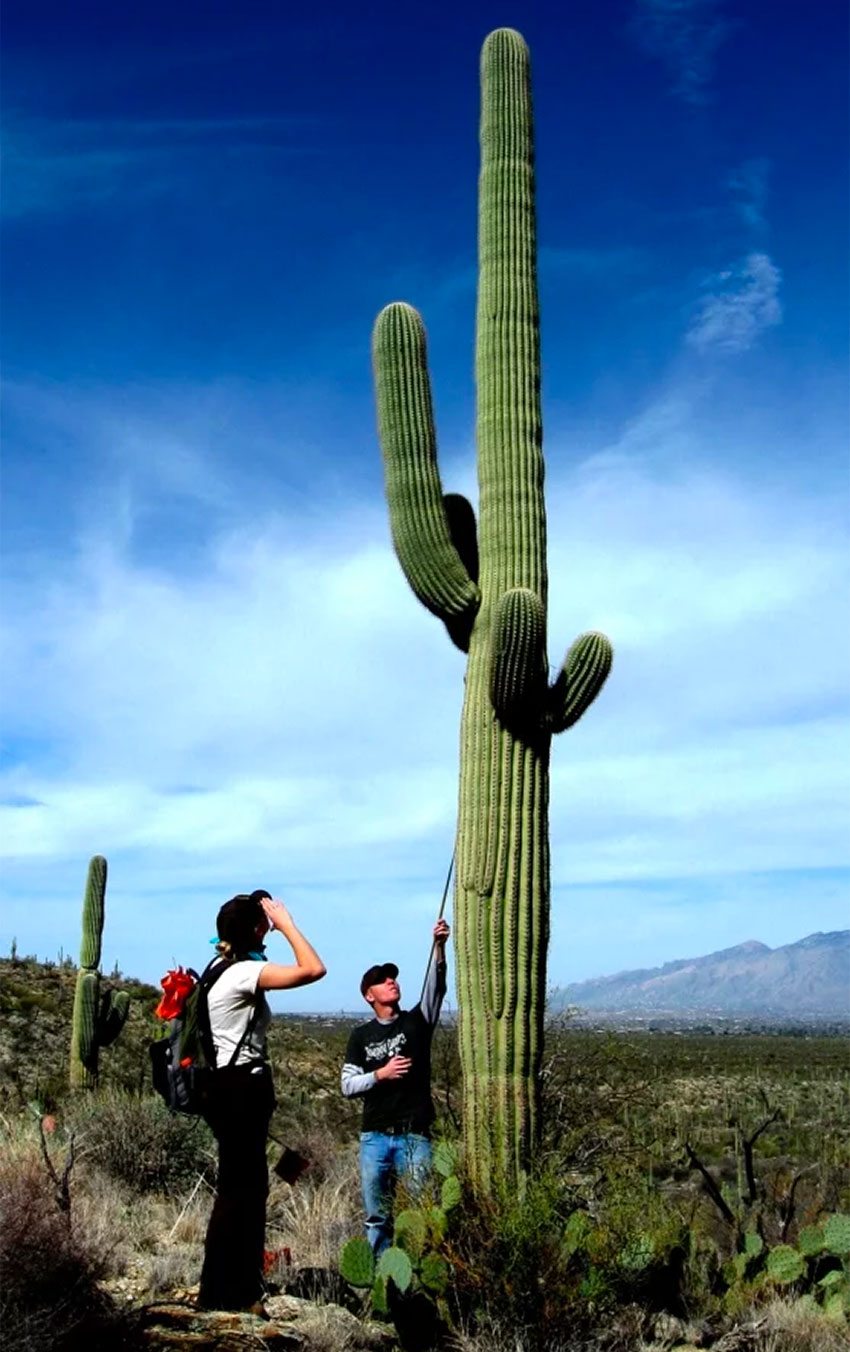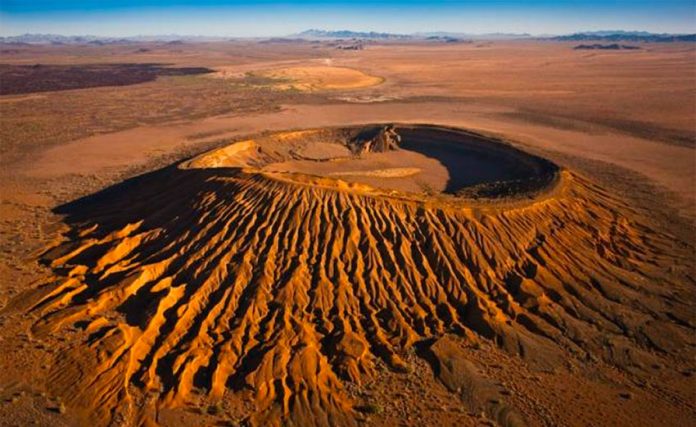Marked by capricious rock formations and enormous craters, surrounded by a lava field and featuring dunes towering 200 meters overhead, the El Pinacate y Gran Desierto de Altar Biosphere Reserve will grace the reverse side of the new 200-peso banknote.
The reserve will replace the image of the Panoayan Hacienda, which was home to Sister Juana Inés de la Cruz, who appears on the other side of the current 200-peso note.
El Pinacate is located in the northwest of Sonora state, 40 kilometers from the popular resort town of Puerto Peñasco, and is part of the Sonoran Desert, the largest desert in North America.
The region was declared a biosphere reserve by the United Nations Educational, Scientific and Cultural Organization (UNESCO) in 1993, and 10 years later it was designated a World Heritage Site.
Many volcanic craters called maars, created when lava comes into contact with groundwater, are found in the reserve. They were formed between five million and 150,000 years ago.

The crater called El Elegante, with a diameter of 1,600 meters and a depth of 200, is the reserve’s largest.
The park is a protected area for 560 plant species, as well as 40 species of mammals, 200 birds and 40 reptiles.
The reserve is home to some of the largest cactus species on the planet, such as the saguaro. Some specimens grow as tall as 20 meters and put down roots 30 meters below ground. They can weigh as much as 10 tonnes and absorb 9,000 liters of rainwater, and their lifespan is as long as 200 years.
The lava flows demarcate a vast shield volcano that extends over 20 kilometers in diameter. Hiking up the Mayo cone is the best way to observe the trails of hardened lava.
In the Gran Desierto de Altar, at the western end of the reserve, there are sand dunes as high as 200 meters.
It is believed that some of the first ethnic groups to inhabit North America lived in the El Pinacate region and petroglyphs of humans, animals and geometric shapes are found in the area.
Tour operators offer hikes up the dunes of the Gran Desierto de Altar and to the craters of El Pinacate. There are also campgrounds and a museum and visitor center. Entrance to the park costs 60 pesos (US $3).
Source: El Universal (sp)
